Chalcides striatus striatus
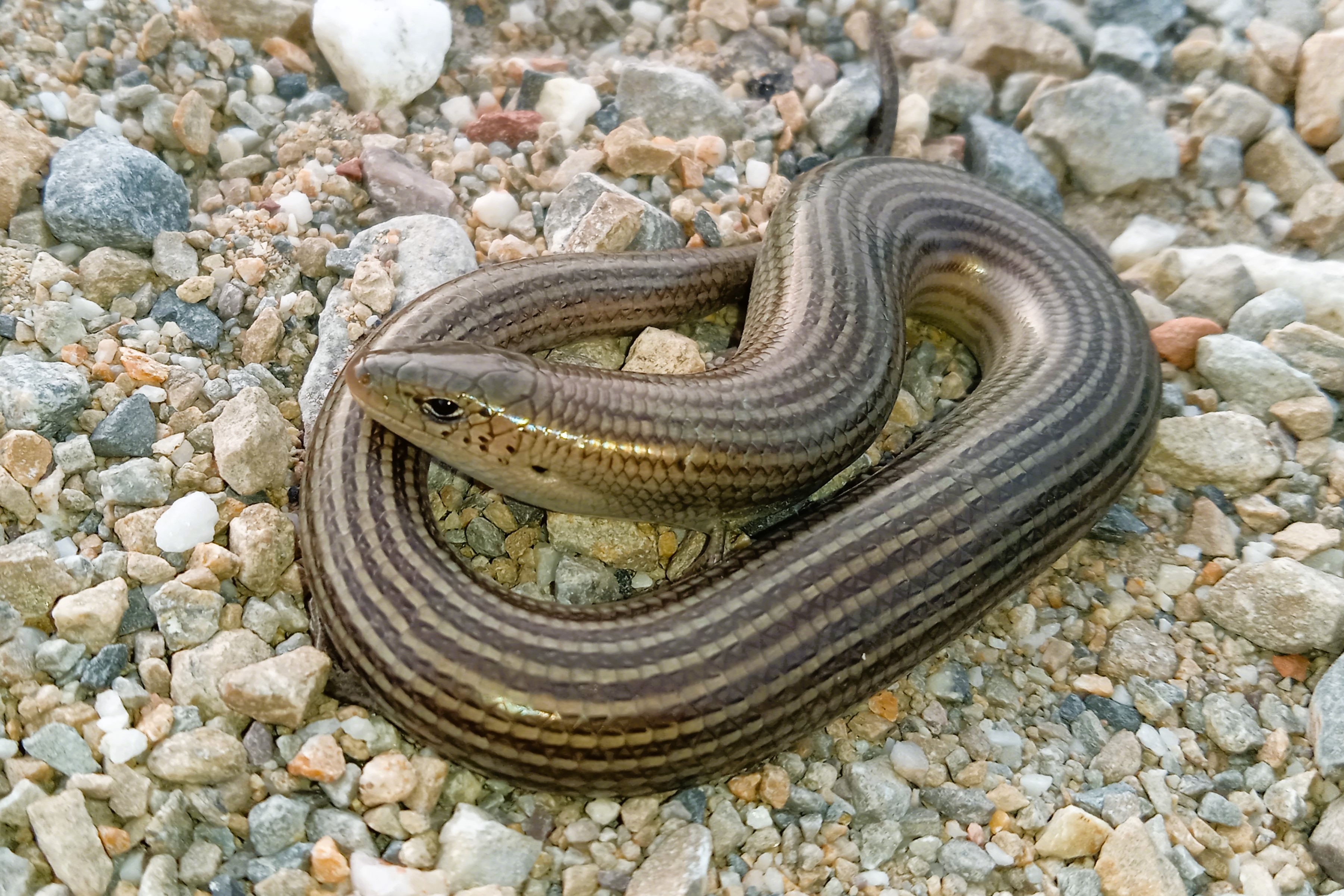

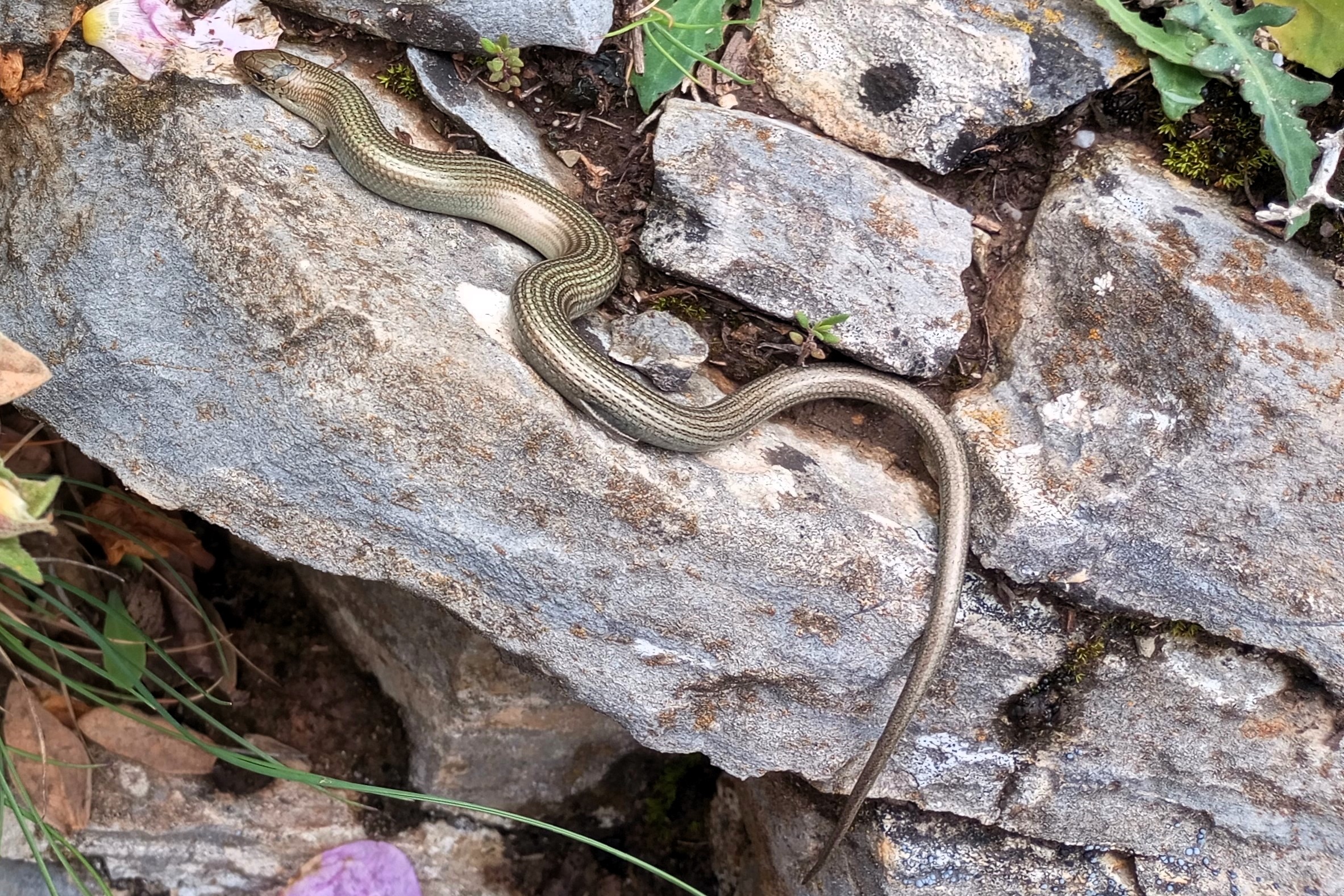
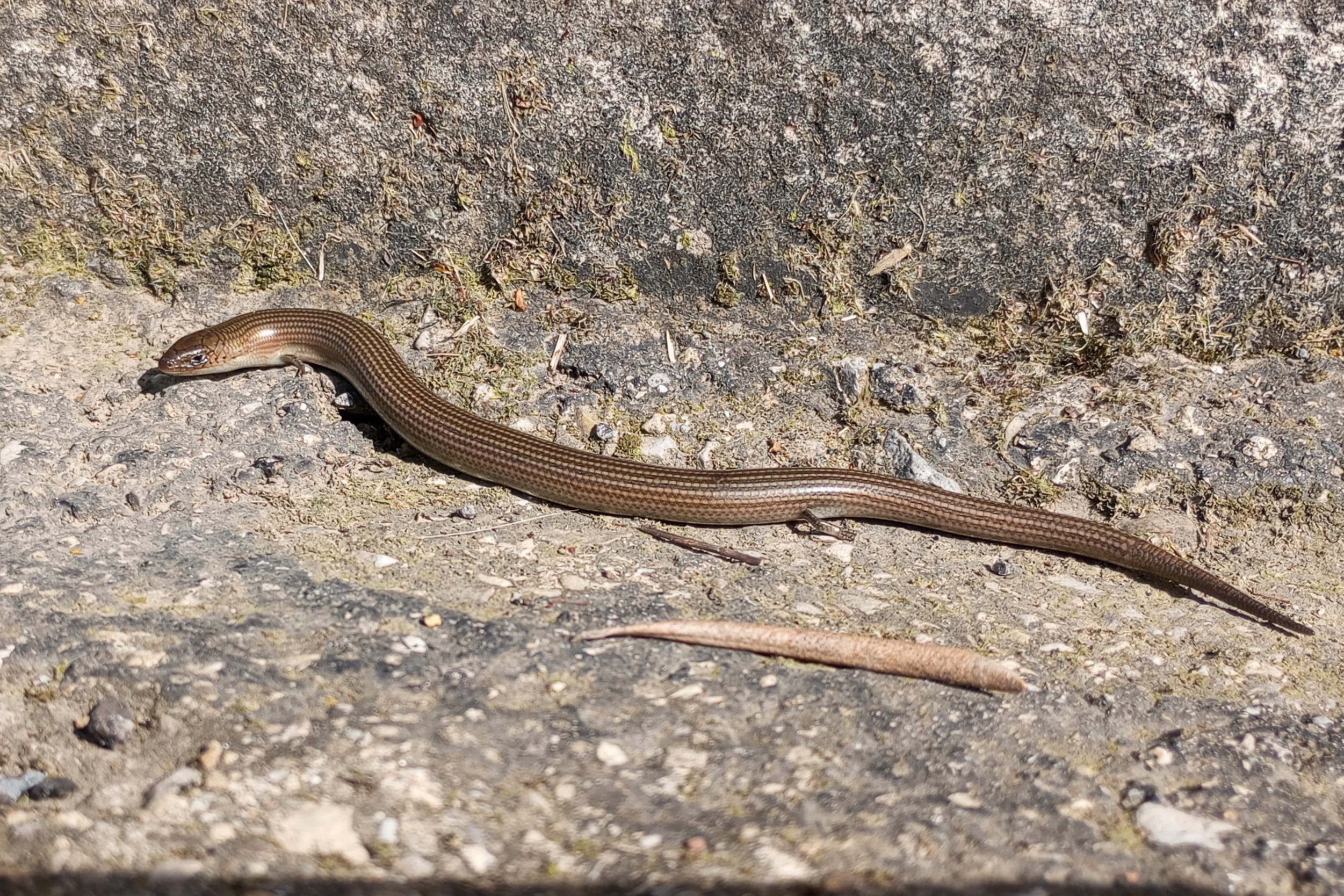

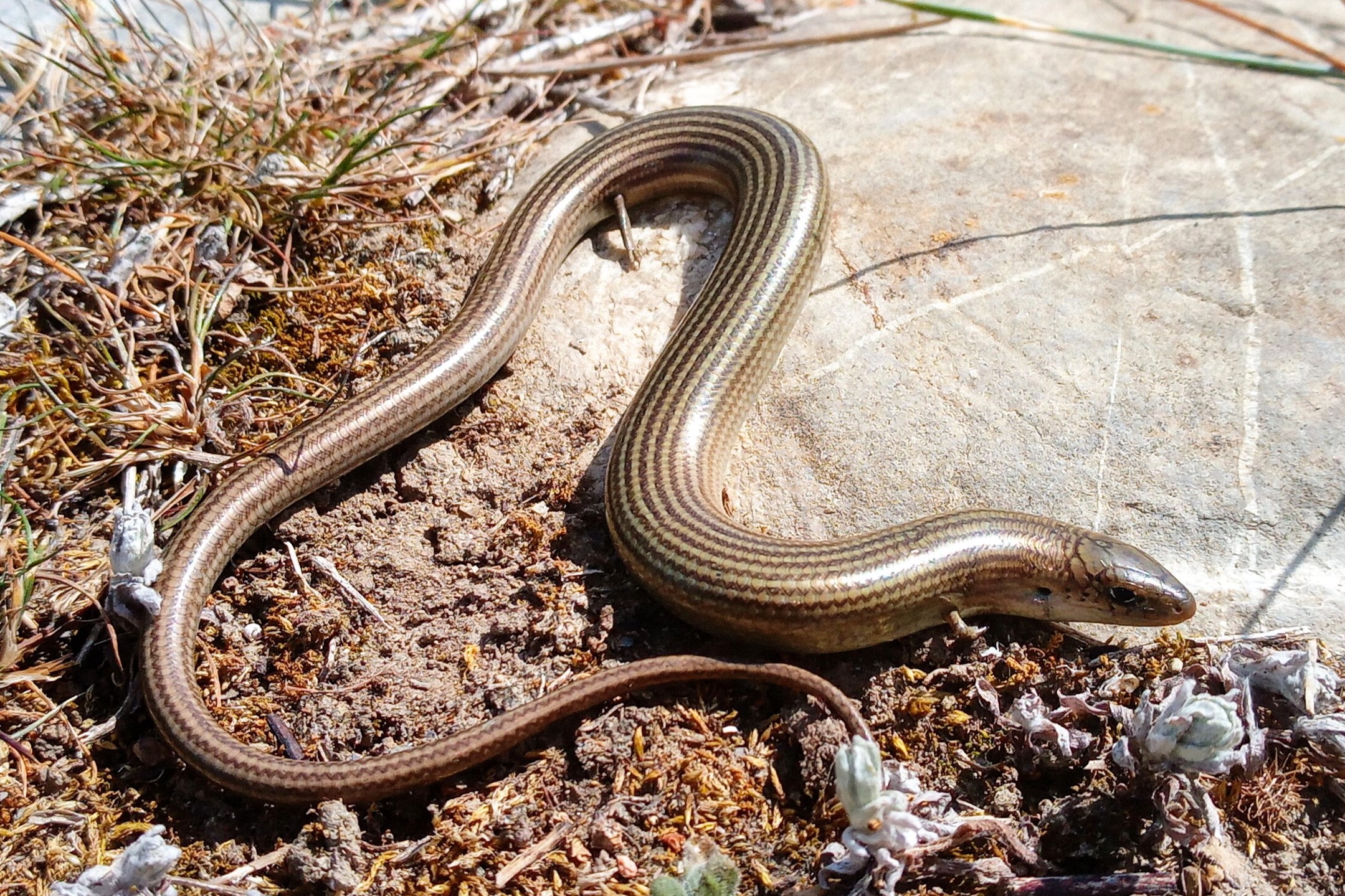
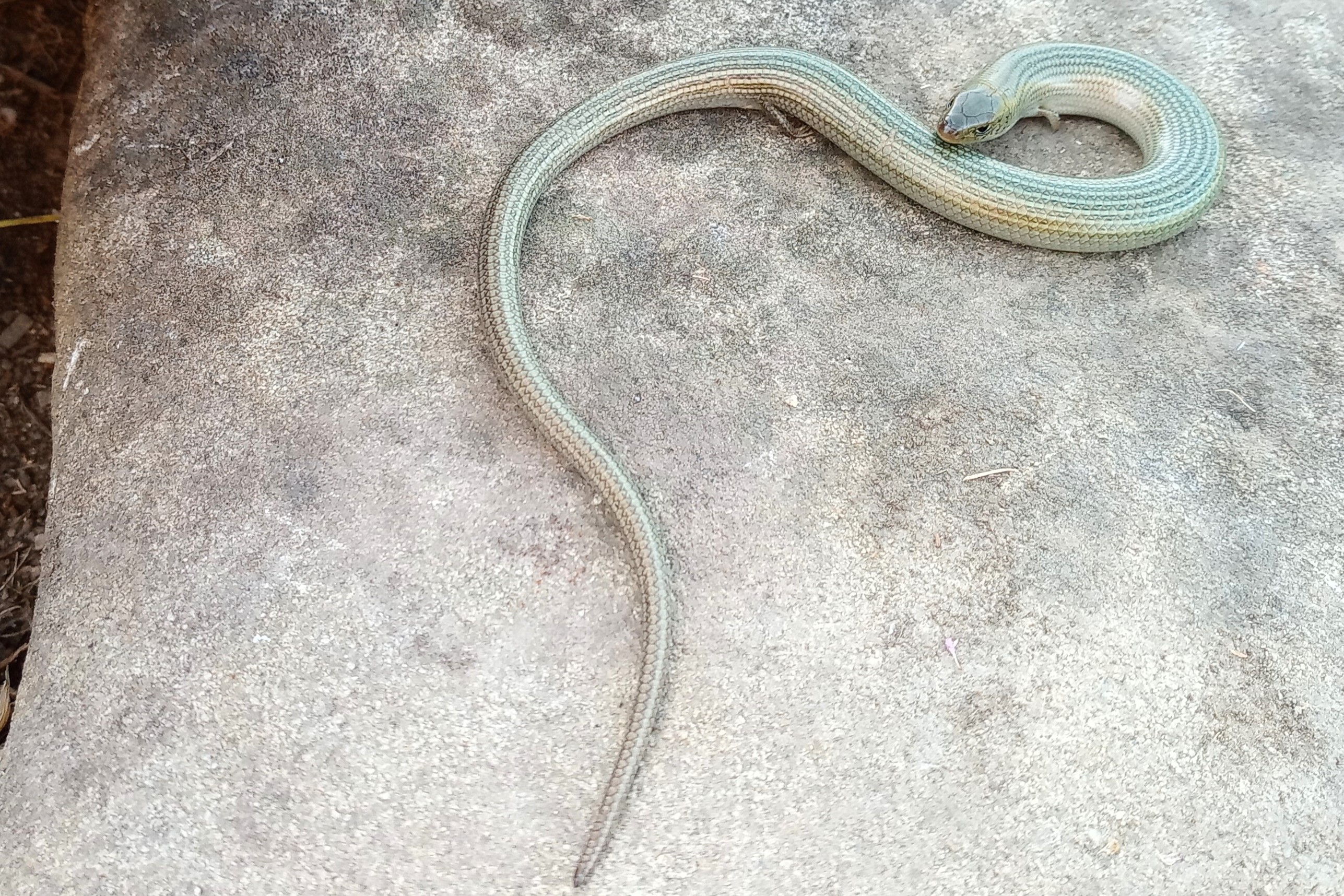
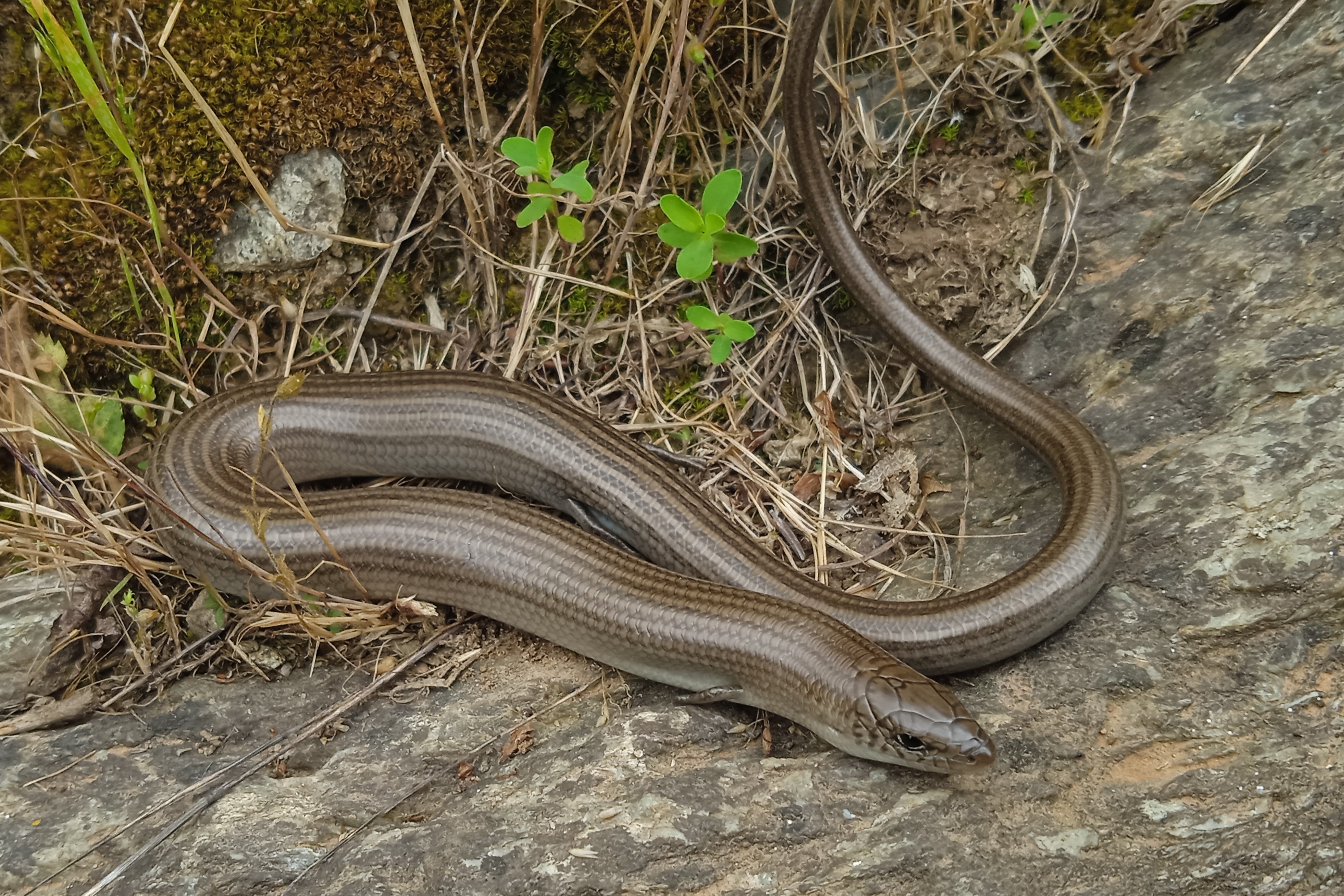
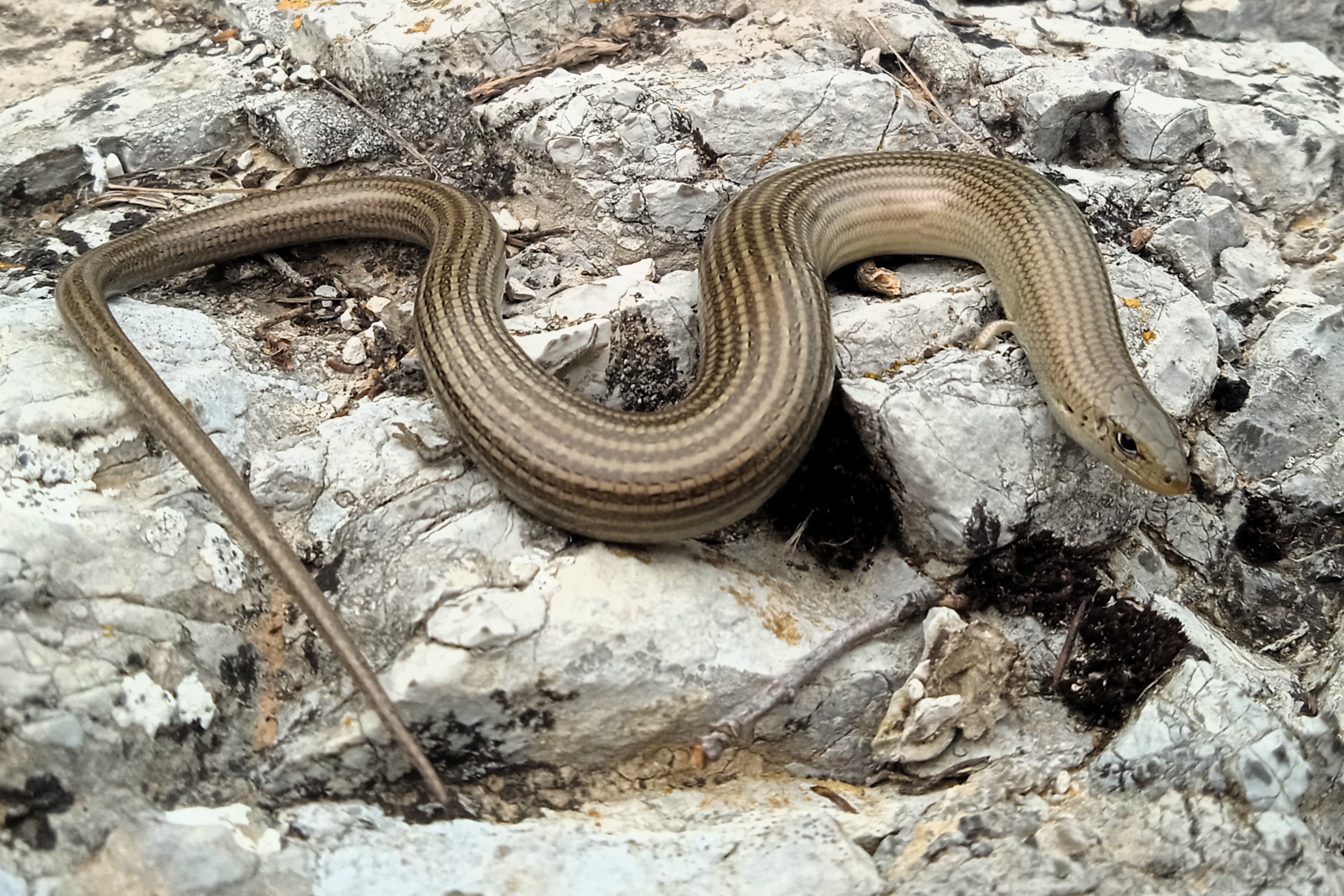
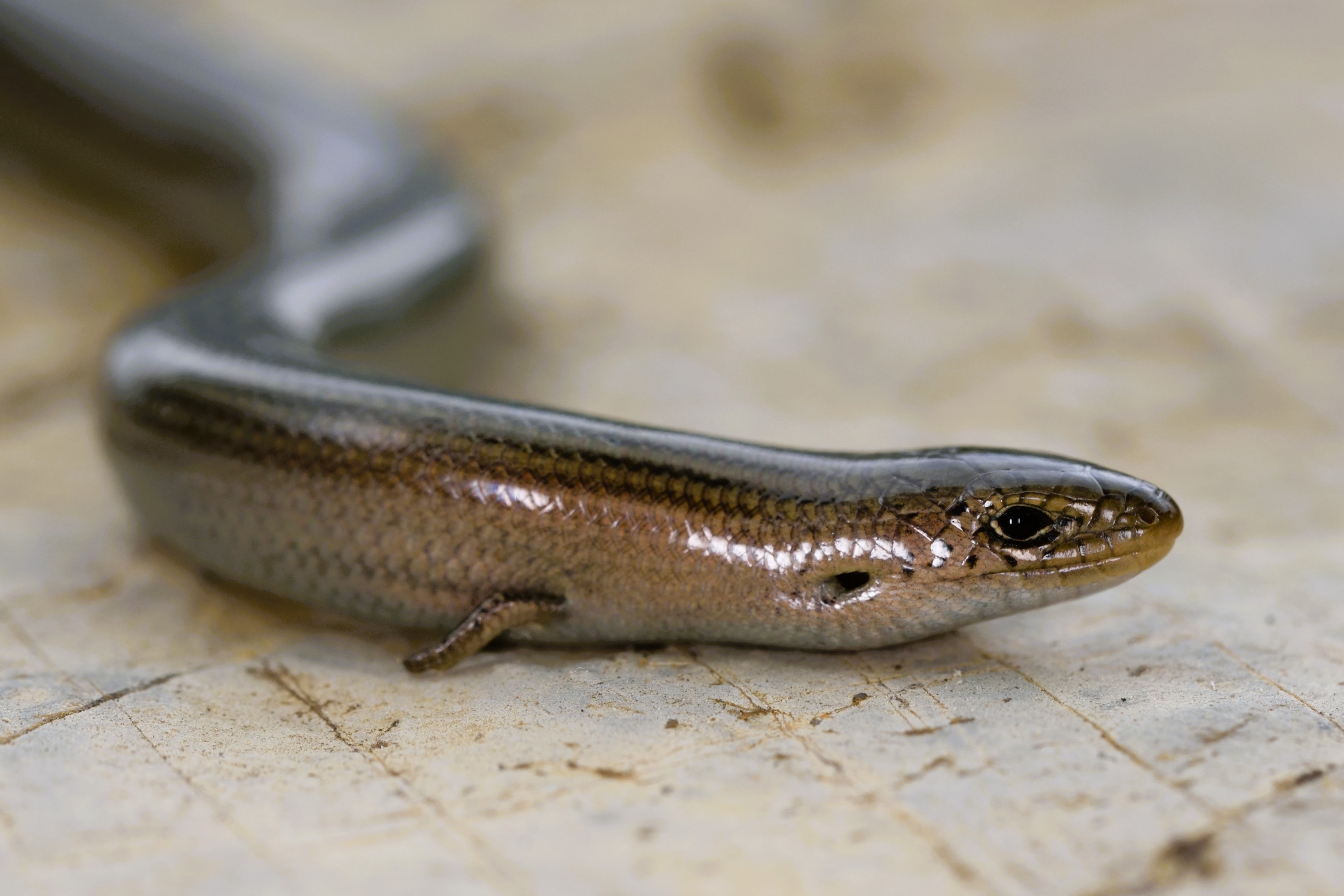
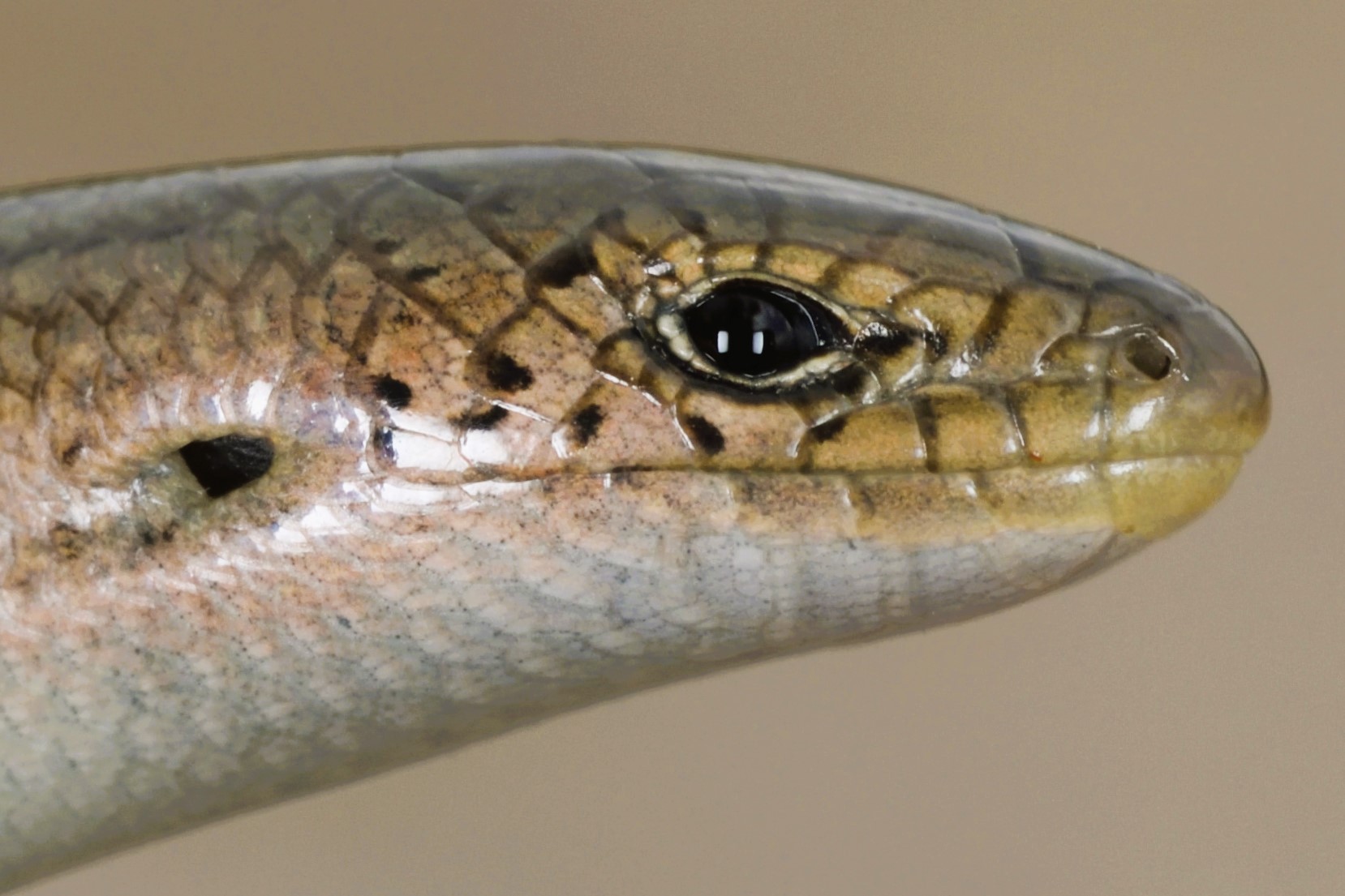
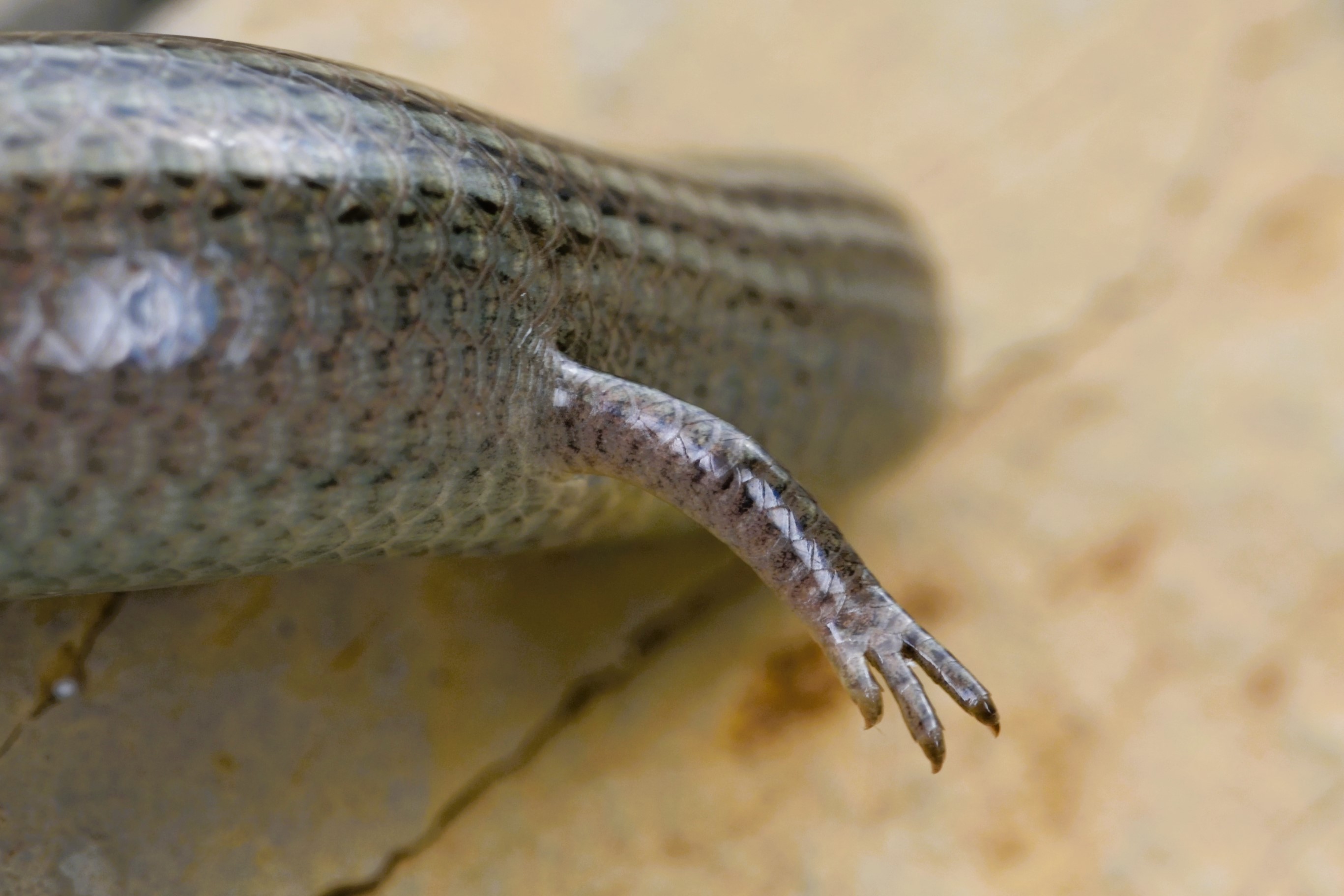
Reptilia → Squamata → Scincidae → Chalcides → Chalcides striatus
The Western Three-toed Skink ( Chalcides striatus striatus ) is a lizard with a snake-like appearance, easily recognizable by its long, relatively cylindrical body, small limbs with three well-developed toes, and a color pattern marked by narrow dark longitudinal stripes on an olive-brown background. Adult animals usually reach 10–14 in (25–35 cm), more than half of which is made up of the long tail. Its smooth and shiny skin, reduced limb mobility, and tendency for sinuous movement clearly distinguish it from common lizards. It can perform tail autotomy (autotomy) when threatened.
Chalcides striatus striatus is distributed across an Atlantic-Mediterranean band of Western Europe, from the Iberian Peninsula to western Liguria, with isolated relict populations. In Liguria, its occurrence is documented almost exclusively in the western part, mainly in coastal siliceous sectors and the Albenga plain, where it survives in fragmented nuclei. It is one of Italy’s rarest and most localized lizard species, with remnant populations often isolated and genetically vulnerable.
Prefers humid, sunny meadows, woodland edges, clearings, dry grasslands with patchy cover, sometimes even fragments of Mediterranean scrub and low-impact agricultural areas. Refuge microstructure is essential: it can be found under stones, logs, piles of plant debris, or inside decaying wooden stumps. It rarely inhabits overly shaded environments or areas with no vegetation cover. Its tolerance to humidity and sensitivity to habitat fragmentation are particularly high.
A diurnal, inconspicuous species, it spends much of the day amid low vegetation. It is typically elusive, tending to take cover at the slightest disturbance and remaining hidden for long periods. The active period runs from March to October. Reproduction occurs in spring; females are ovoviviparous, giving birth to fully developed young toward the end of summer (July–August).
Chalcides striatus striatus (Western Three-toed Skink) feeds primarily on small arthropods: insects, larvae, spiders, and other invertebrates found among the turf and ground litter. Predation is facilitated by its secretive nature and its ability to slip among grass blades and beneath debris in search of hard-to-catch prey.
It is among the few native Italian lizards to show pronounced adaptability to open grassland habitats; its serpentine shape, viviparity, and preference for humid microhabitats are examples of convergent evolution with other fossorial species. The species is protected by both national and EU legislation, requiring attention and dedicated strategies: the persistence of stable populations is closely linked to the conservation and active management of suitable habitats.